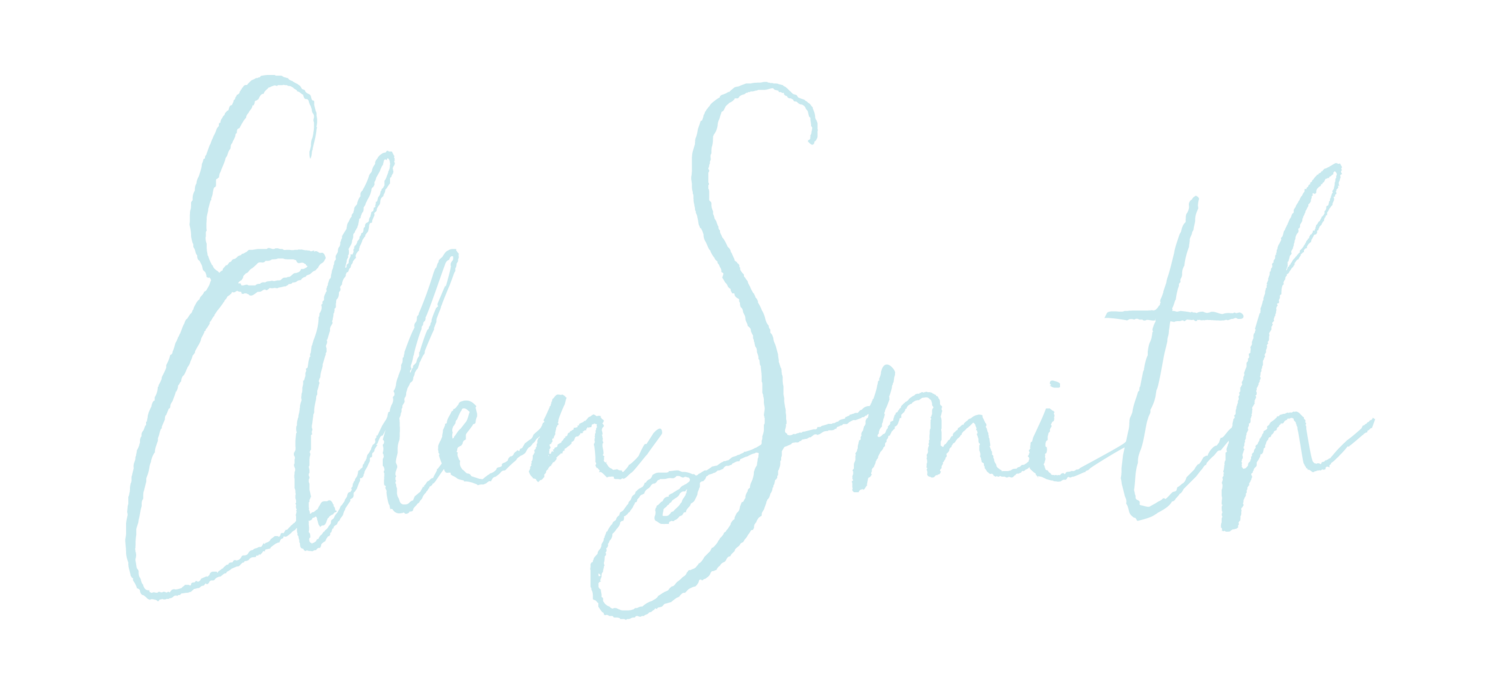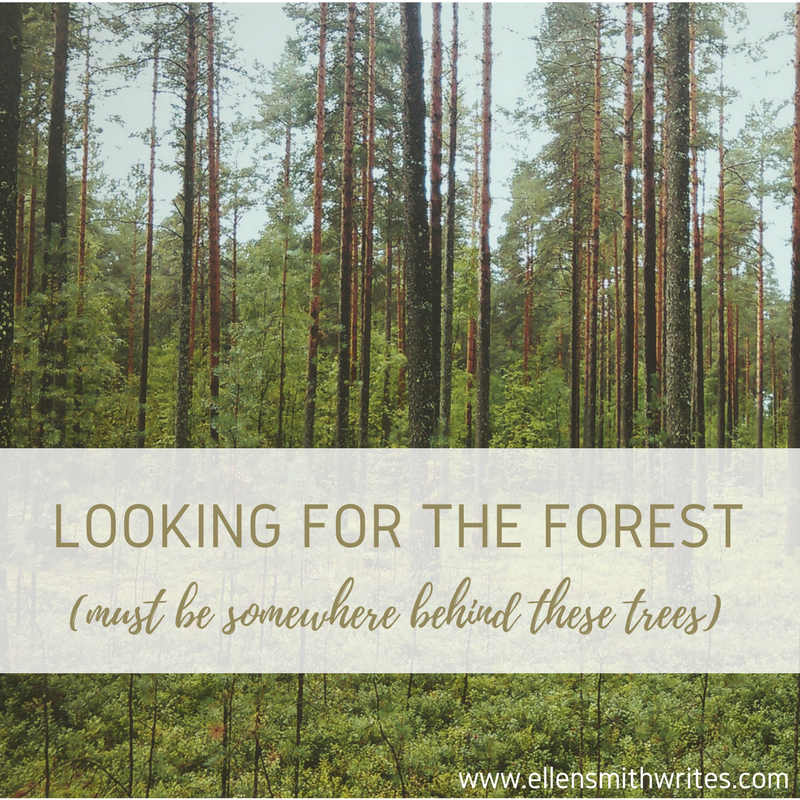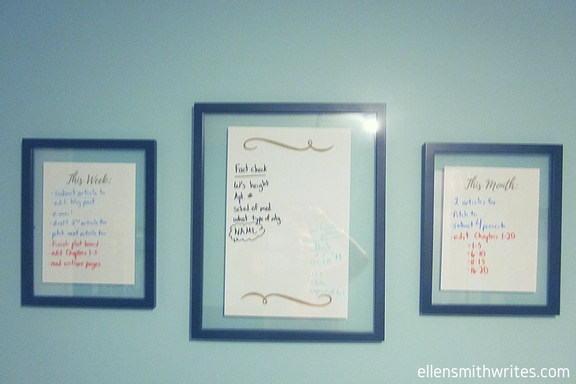What does your DNF list look like?
I didn’t even learn that acronym until I was on Goodreads as an adult, organizing my books into neat little categories. DNF? Did Not Finish? It was startling—and honestly empowering—to see how many Goodreads readers used this handy little acronym.
I guess it’s my rule-following nature to feel that I’m obligated to read every book I start—even if I don’t want to. First page straight through to the last, no skipping, skimming, or quitting allowed.
But in recent years, I’ve gotten better about reading for pleasure in a way that truly is a pleasure. Here’s what I’ve discovered: when I do need to put a book down, it’s rarely an issue with the book itself. I put down books that are beautifully written, far beyond what I can ever hope to achieve in my own writing career. I put down books that I desperately want to read. Books with themes and characters I enjoy. Books I want to talk about with my friends at book club.
It can be as simple as my mood. As much as I love to sink into a long, complex literary novel, sometimes I am just too tired to take on an epic read. If I’m going to be picking up and putting down my reading every twenty minutes while I shuffle my family from one appointment to another, I need a storyline that’s easier to follow.
Sometimes I just need something different. Preparing lessons and teaching takes up a lot of my work time. As much as I love to take a deep dive into history to plan a social studies lesson, I might need a break from research when I finally get a chance to sit and read for myself. So as much as I love historical fiction, I’m not going to pick it up if I’m in the middle of writing a curriculum project.
And, sometimes, it is about content. It’s not graphic description that bothers me so much—it’s actually the gut-wrenching, too-real emotions. I have put down and picked up some books several times before I finally admitted to myself that they hit too close to home. I pass them on to friends or save them for the church’s annual book sale and breathe a sigh of relief.
Drawing boundaries around my reading is a skill I’m still working on, to be honest. This came up for me recently in my teaching life. Sometimes, as teachers or parents, a book we think a child will love is actually a terrible fit. So what do we do?
My gut reaction is to teach the way I was taught. But my reflective reaction is to teach from what I’ve learned.
Teaching children to find and draw their own boundaries is an important reading skill, too. And especially in this post-pandemic era, we need to be sensitive to children that have major trauma and so few ways to express it.
I wrote this social story, This Book Is Not For Me, as a special education resource. I’ve worked with a number of students that had expressive communication delays—but believe me, their receptive language skills were excellent. Imagine how hard it would be for a student to understand a story but not be able to say, “This reminds me of something sad,” or “I had a nightmare about this character,” or even “I’m worried about what’s going to happen next!“
As fast as I will speak out against publicly banning books, I’ll speak up for readers personally setting boundaries. If I’m designing curriculum or reading aloud, I like to offer choices when I can. And it’s my own experience as a reader that shows me how many choices there are.
If I’m struggling to pick up this book, can I listen to the audiobook? (Absolutely!)
If I can’t keep the characters straight, can I keep out some paper and a pen to sketch the characters? (Yep, that’s literally how I got through a British literature course in college.)
If I don’t understand part of the story, can I talk to my friends at book club? (Every month!)
If I’m exhausted or too stressed to focus, can I put the book down? (More nights than I care to count…)
If I’m scared by a scene, can I flip ahead and read the end to see how the story turns out? (I wouldn’t have finished a few of my favorite books if I hadn’t done this.)
All those options exist for me as an adult and I’m grateful for that. I want to offer students just as many choices. After all, our goal is to raise readers—not robots! And if that means a student needs to put a book on their own DNF list, that’s okay with me.
My special education resource, “This Book Is Not For Me,” is available through my Teachers Pay Teachers store.
















